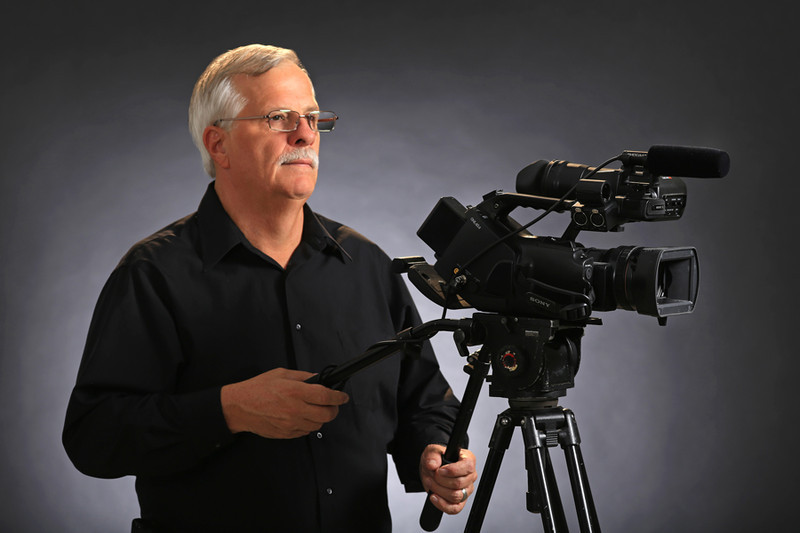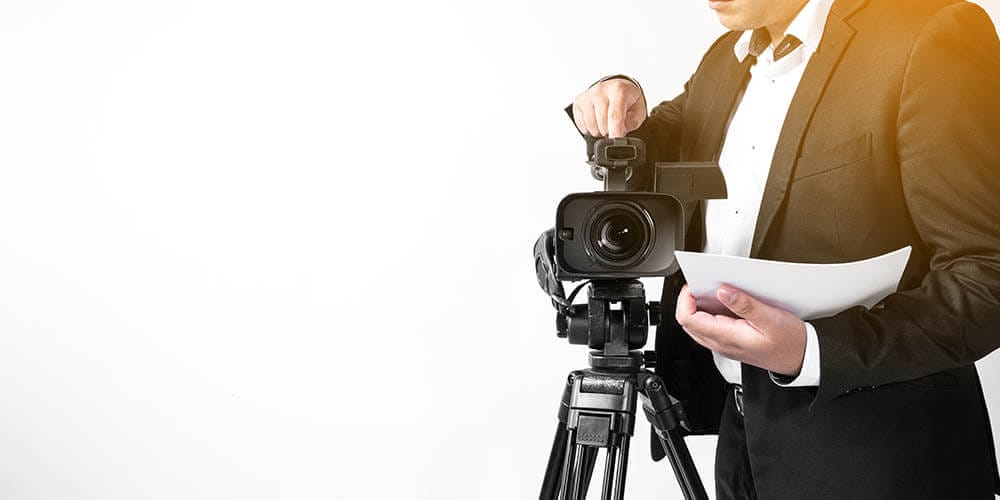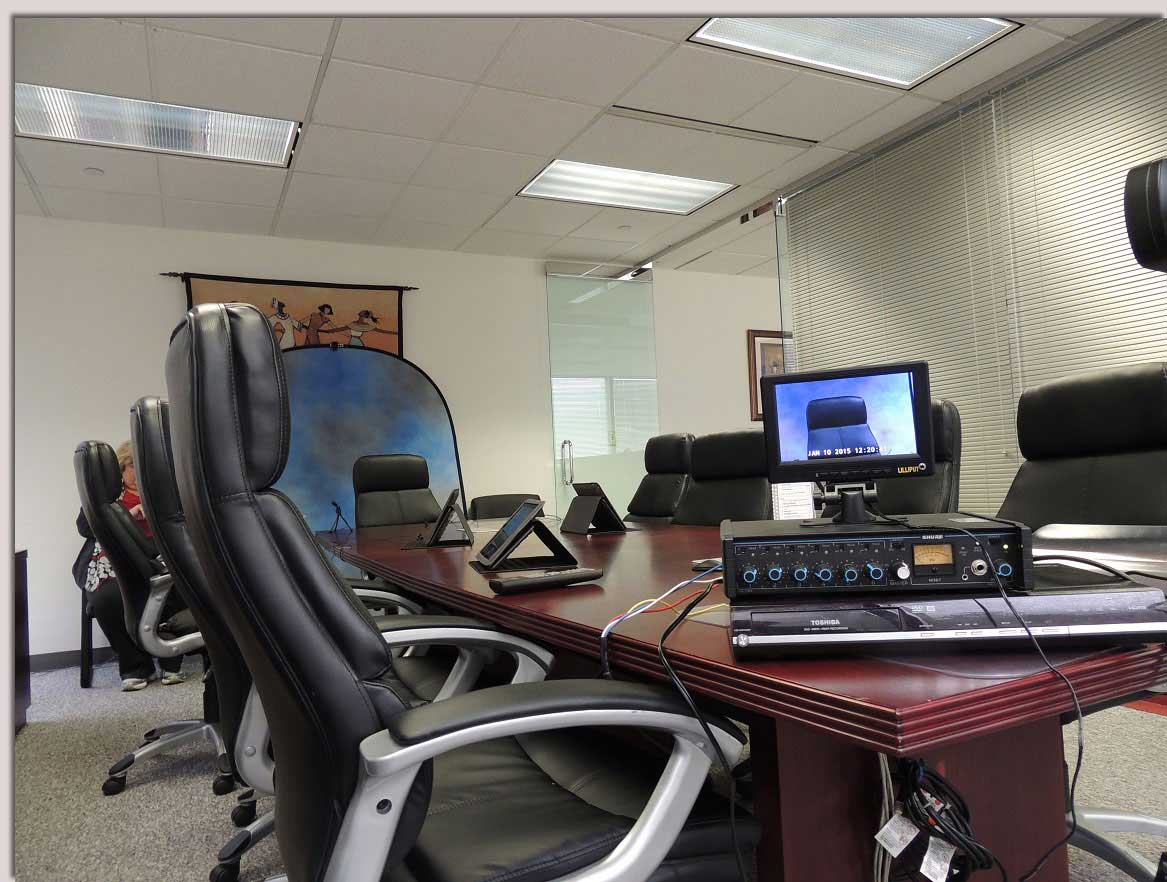Recognizing the Relevance of Videography in Legal Procedures
The assimilation of videography right into lawful procedures has emerged as a significant element in the discussion and analysis of proof. By recording aesthetic components such as body language and facial expressions, videography boosts the narrative surrounding witness testaments and can profoundly influence court assumptions.
Function of Videography in Proof
Videography plays an increasingly vital function in legal procedures, acting as an effective medium for providing evidence. The assimilation of video clip recordings right into the lawful framework enables for a much more vibrant representation of realities, making it possible for courts and jurors to envision events as they took place. This visual documentation can include a variety of products, including security video footage, tape-recorded witness testimonies, and expert demos, every one of which can substantially enhance the evidentiary landscape.
Among the primary benefits of videography is its capacity to capture nuances that might be lost in written accounts. Face expressions, body movement, and situational context can offer necessary insights, aiding to convey emotions and intents that message alone can not. Furthermore, making use of video clip proof cultivates a much more engaging courtroom experience, possibly aiding jurors in comprehending complicated situations.
As innovation advancements, the quality and availability of videographic proof have actually enhanced, making it an important component of modern-day legal methods. Courts significantly recognize the value of video as a reliable resource of information, prompting lawyers to adapt their methods for proof presentation. Ultimately, videography serves not only to illustrate truths but additionally to enhance the overall honesty of the judicial procedure.

Enhancing Credibility and Clarity
A significant advantage of incorporating videography in lawful procedures is its capability to boost both credibility and quality of proof offered in court. Videographic evidence can catch nuances that written documents may overlook, such as tone, body language, and context. This graph allows discretionary to much better understand the circumstances surrounding the case, thus promoting a more exact understanding of the events in question.

Additionally, the clarity paid for by videography reduces the likelihood of misconception that can arise from textual summaries. This accuracy is particularly vital in intricate situations, where information can be easily misinterpreted. Inevitably, by offering proof in an aesthetically available format, videography not just strengthens the stability of the judicial procedure but also sustains enlightened decision-making by those associated with legal procedures.
Influence On Jury Perception
The addition of videographic proof significantly affects jury perception, commonly causing a lot more engaged and informed considerations. Jurors are generally much more receptive to aesthetic details, which can boost their understanding of complicated instances. Videography presents facts in a fashion that is both obtainable and compelling, enabling jurors to connect with the evidence on a much more personal degree.
In addition, the capability to witness occasions as they occurred can stimulate emotional reactions that composed records or spoken testimonies might stop working to evoke. This emotional interaction can lead jurors to anonymous create more powerful opinions pertaining to the trustworthiness of witnesses and the total narrative of the instance. The visual depiction of proof additionally assists in clarifying ambiguities, making it easier for jurors to comprehend the context and relevance of the details offered.
Moreover, videography can function as an effective tool for narration, enabling attorneys to create a convincing narrative that reverberates with the jury. When jurors can imagine scenarios and witness essential moments, their ability to calculated thoughtfully and reach an educated verdict is substantially boosted, inevitably impacting the outcome of lawful process.
Ideal Practices for Legal Videography
Carrying out finest practices in lawful videography is crucial for ensuring that visual evidence is both reliable and credible in the court. Select professional specialists who specialize in lawful videography to make sure the technological quality of the recordings. This includes making use of high-resolution video cameras and professional sound tools to record clear visuals and sound.
Second, maintain correct documents throughout the recording procedure. This includes creating a thorough log that consists of timestamps, descriptions Full Article of the material, and the identifications of all people existing. Such documents can reinforce the credibility of the video clip.

Additionally, consider using ideal editing and enhancing strategies. While it is important to protect the initial content, small modifications for clarity-- such as improving audio degrees-- can boost the total discussion without modifying the compound.
Future Trends in Legal Videography
As legal videography proceeds to progress, emerging modern technologies and methods are forming the future landscape of aesthetic evidence in the court room (Legal Videography). One substantial trend is the combination of high-def and 4K video clip quality, boosting the quality and detail of videotaped statements and proof. This better resolution aids jurors in comprehensively examining the reputation of witnesses and the subtleties of the presented products
In addition, making use of expert system (AI) in video evaluation is acquiring grip. AI tools can aid in identifying crucial moments in footage, generating transcripts, and also examining non-verbal communication, which gives deeper insights right into witness trustworthiness. Furthermore, online reality (VIRTUAL REALITY) and augmented fact (AR) are poised to revolutionize just how proof exists, permitting jurors to submerse themselves in criminal offense scenes or scenarios, consequently cultivating a more profound understanding of the context.
Final Thought
In summary, videography acts as a vital tool in lawful procedures, improving the presentation of proof and enriching the general understanding of instances. By recording non-verbal cues and strengthening the reliability of witness accounts, videography significantly affects court understanding and decision-making processes - Legal Videography. Abiding by best techniques guarantees the performance of legal videography, while emerging trends guarantee to further increase its function in the judicial system, eventually fostering a much more enlightened and engaged legal atmosphere
Videography plays an increasingly critical duty in legal proceedings, offering as a powerful tool for presenting proof.A significant benefit of integrating videography in lawful proceedings is its capability to boost both reliability and clarity of evidence presented in court. Inevitably, by providing proof in a visually accessible format, videography not only strengthens the honesty of the judicial process but additionally sustains informed decision-making by those involved in lawful procedures.
In recap, videography serves as an indispensable tool in lawful process, boosting the presentation of evidence and improving the total understanding of situations. Legal Videography. Sticking to finest practices makes certain the effectiveness of lawful videography, while arising trends promise to further click for more info boost its function in the judicial system, ultimately promoting a more informed and engaged legal environment